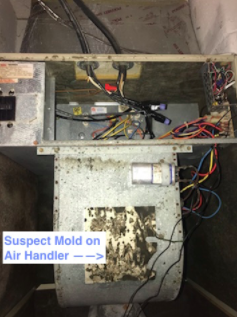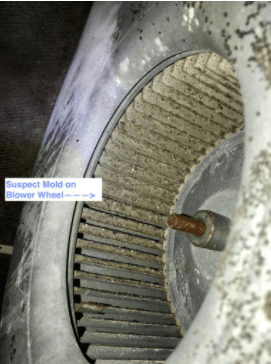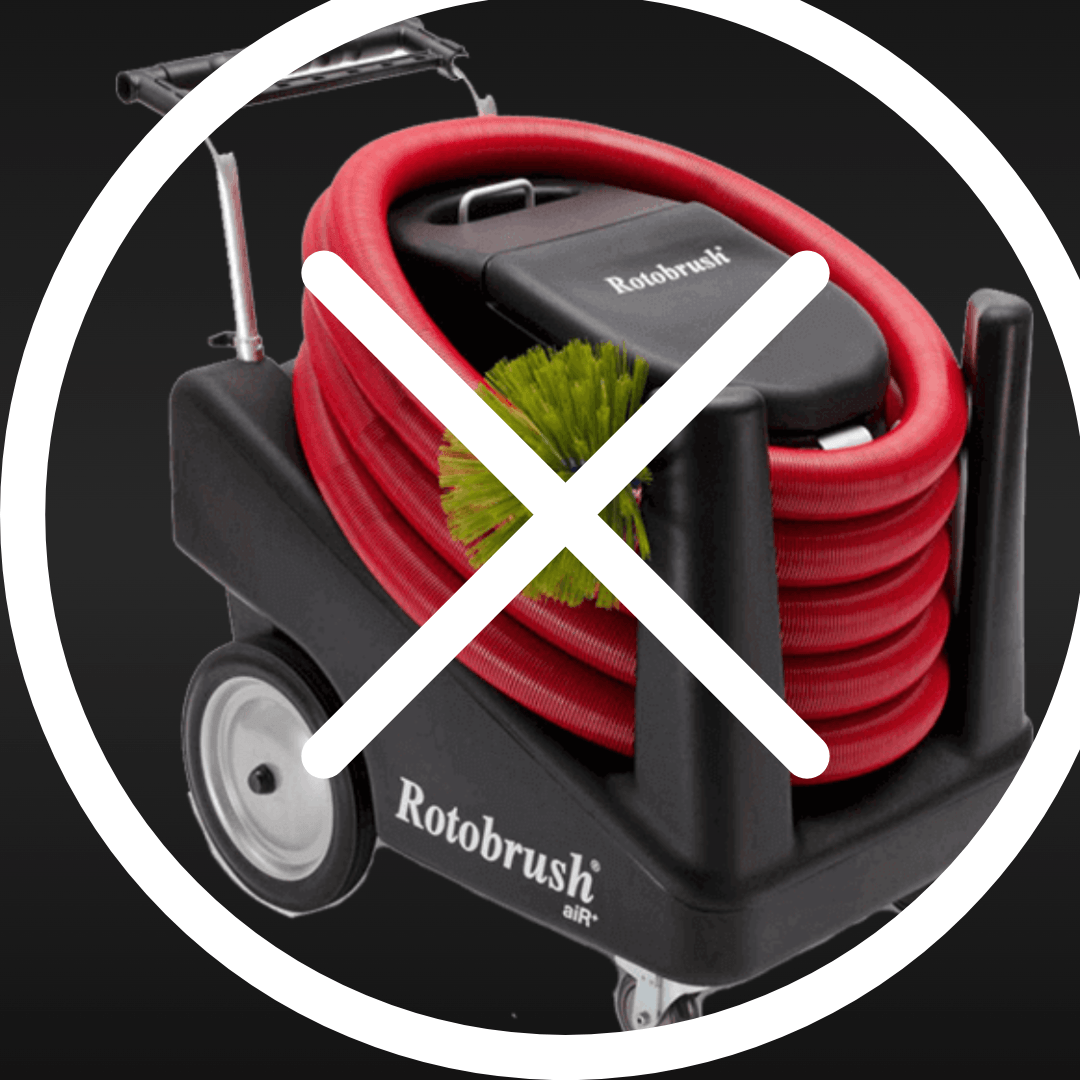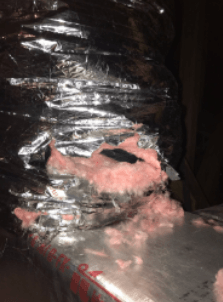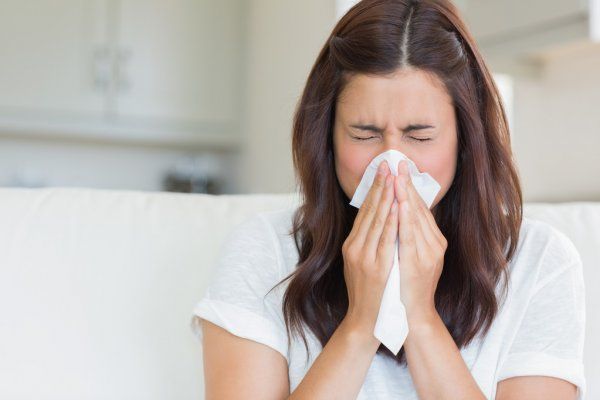DuctMasters
Air Conditioning & Solar
Florida's Indoor Air Quality & Clean Energy Specialists
DuctMasters Clean Air Solutions
Florida's Indoor Air Quality Specialists
SICK BUILDING SYNDROME. COULD YOUR WORKPLACE BE GETTING YOU SICK?
Feeling sick? Allergies acting up? Your workplace could be what’s getting you sick. Whether its a cold, allergies, headaches or even nausea, you deserve to breathe clean indoor air. The average person spends about 10,000 hours a year indoors. Most people try to avoid taking off sick days, but the source of sickness could actually be the building you work in.
Indoor air pollution inside of buildings is often present due to mold and mildew inside of the building’s air-conditioners and air ducts. This results in contaminating the air you breathe and is what the Environmental Protection Agency (EPA) calls Sick Building Syndrome (SBS). The EPA even suggests that 30% of U.S. buildings are considered sick.
There are several different things that can cause SBS. Chemicals from indoor sources to outdoor sources such as new carpets, copy machines, pesticides, tobacco smoke, and even car exhaust fumes all contribute to volatile organic compounds emitting resulting in indoor air pollution.
Biological contaminants such as pollen, mold, and bacteria living in the air ducts is a large factor and what is usually the “unknown” cause of SBS. To discover the source of the pollution and diagnose the best long-term solution for it, the EPA says a walkthrough is to be conducted. At DuctMasters, we conduct a hygiene inspection to determine what can be causing both the building and its occupants to get sick. To schedule an inspection of your building or home, enter your information online or call us at 855-DUCT-411.
As Indoor Air Quality Specialists, we have seen several cases where mold and bacteria have affected occupants in a building. These often result in complaints and even lawsuits from employees and occupants. In our experience, Remediation is Cheaper Than Litigation.
We recommend routine cleaning and maintenance of the building’s HVAC systems. After building’s HVAC systems are initially clean, our customers join our Clean Air Maintenance Program (CAMP), which includes scheduled maintenance of your clean systems. This both gives you peace of mind that your equipment is kept in the best shape and allows you to breathe easy knowing your breathing clean indoor air.
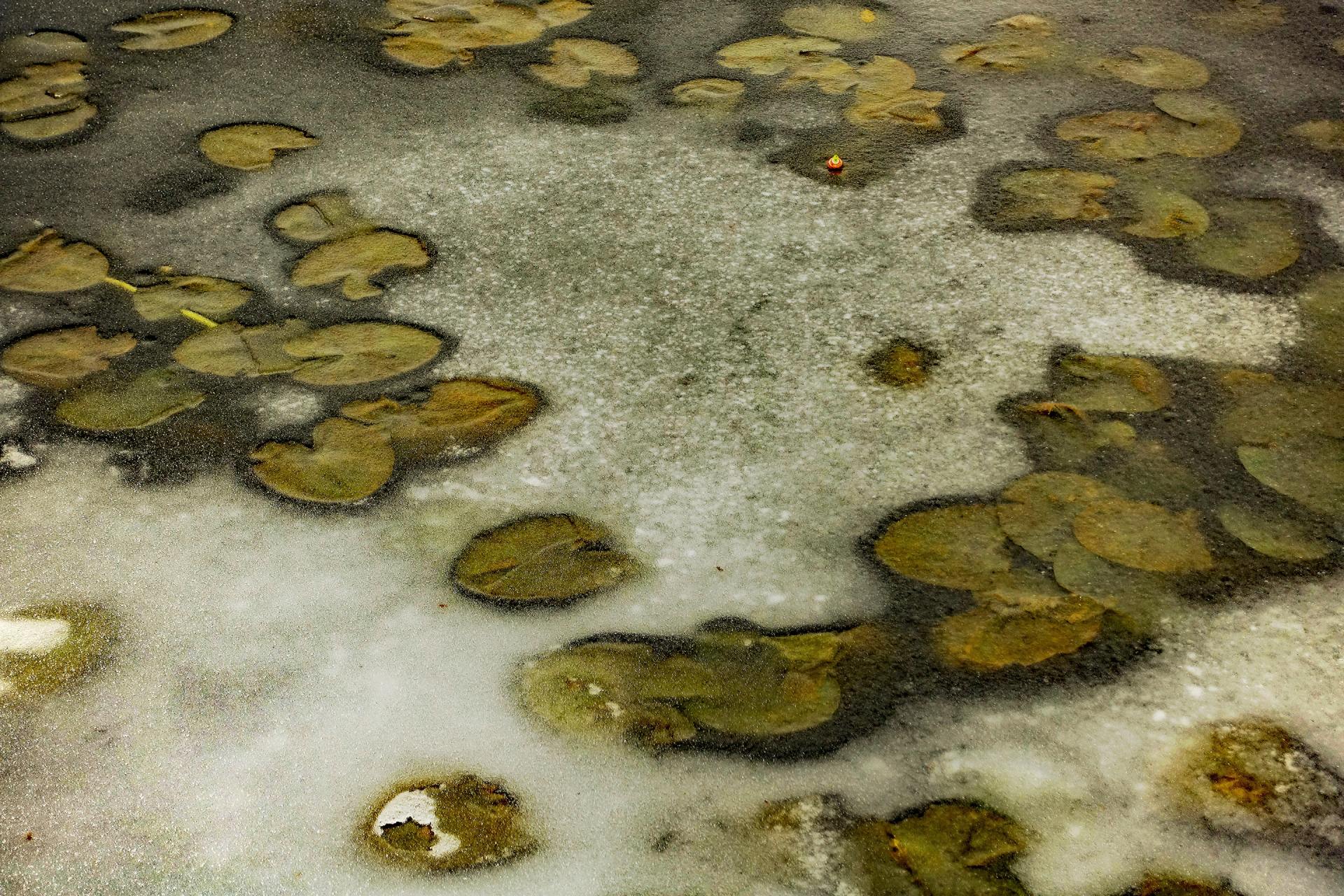
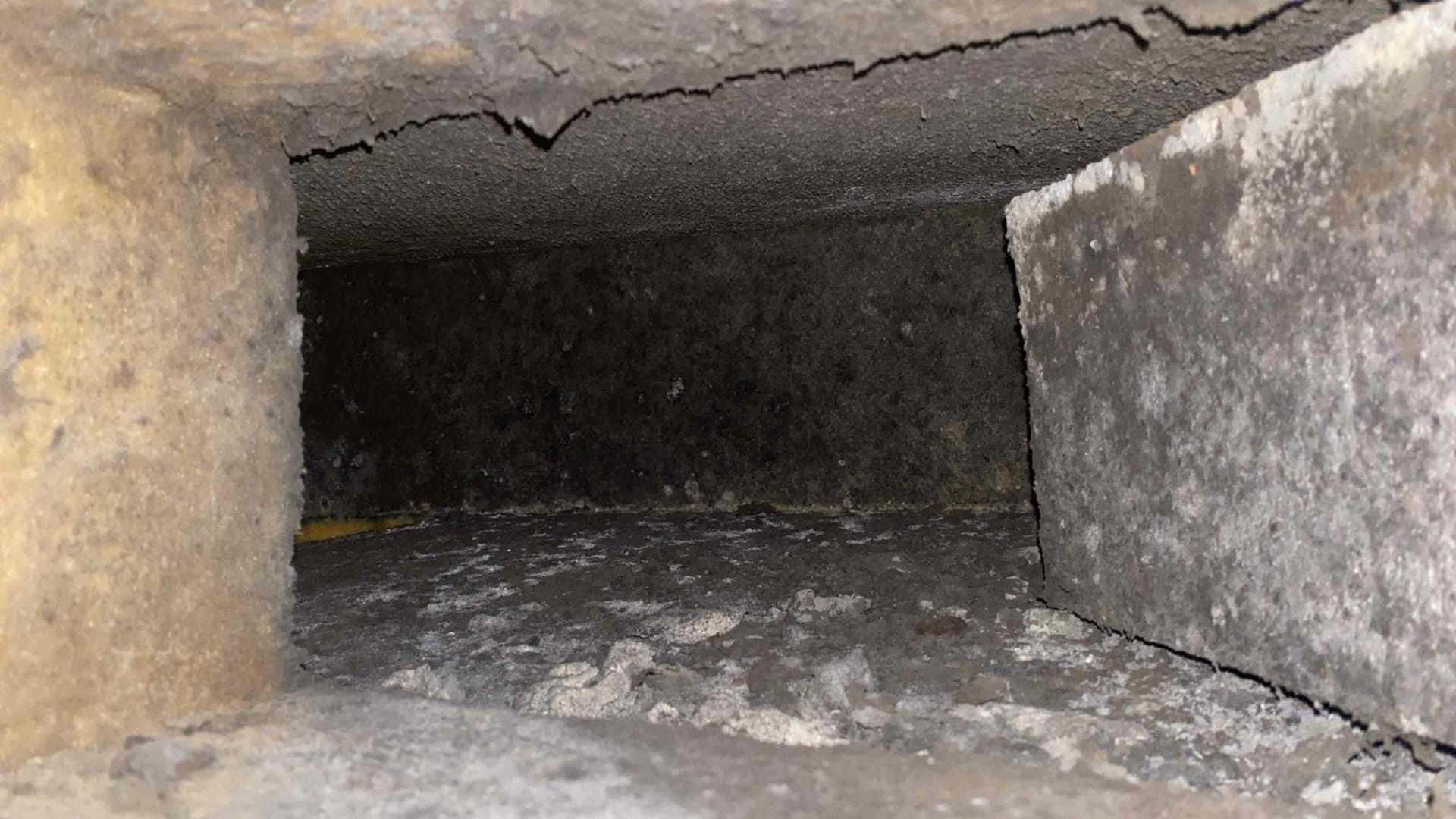
Contact Us
Schedule Online
WHAT OUR CLIENTS ARE SAYING:
-

★★★★★
Brian arrived on time, very professional, during Covid observed CDC and White House protective measures. He provided Great explainations to us to best care for our HVAC between visits. A true pro! We requested he be our regular technician based on his skill, knowledge, attention to detail, and customer service skills. Thank you, highly recommend DuctMasters as Austin and all staff (Brittnee too), always customer focused and provide quality work.
Loretta R

★★★★★
I contacted this company to help me with some exhaust duct work in my house. I worked with Brittnee in the office, and Adrian was my technician. I really enjoyed working with both of them. Very professional and good communicators.
Matt D

★★★★★
I am so happy that I found DuctMasters, great experience - they showed up on time and their work was done professionally, the crew cleaned up after the job was done. I had to replace all my ducts, they completed the job with ease expeditiously. I highly recommend them you won't be disappointed! Thank you for a job well done!
Eva G

★★★★★
I had the best service ever from Henry! He explained in a very simple/professional way everything he was doing to my AC. I highly recommend their service.
Nannette V

★★★★★
We highly recommend DuctMasters! From the first phone call with a quick response to our concens to the follow up call asking how everything went, we were impressed with their customer service. we had a new unit installed, duct cleaning, and returns installed in our home. The crew came in, did their work in a timely manner, and cleaned up after themselves like they were never here! They explained every step to us in a way we could understand and were very respectful of our home. We are very thankful for their expertise and we look forward to working with them in the future for maintenance. Thank you very much to Austin, Brian, Henry, Mozart, Angel, and Brittnee for our new a/c and clean ducts! We really appreciate it!
Amy and Chris

★★★★★
After a great consulation and evaluation by Ruben shorty there after I had Cris, Ruben, and Henry show up on time as promised. My two day project was a demo and removal of the old ductwork, install new ducts everywhere and fix a leaking mini split. These three never stopped working. They were here easily 11 hours each day and you barely heard them. I had to occasionally see if they were still there and yes they were, up in the attic removing everything. Nothng was left behind, no debris, no dirt, great patch up job after having to cut two sections of ceiling, and not a spec of dust anywhere. Best of all, what they quoted was what they charged. No hidden fees, nothing extra, no suprises and they sent me tons of pictures showing before and after. Super knowledgeable, explained everything even at the end of the day and would not leave till they made sure I knew what was done and I was satisfied. Highly recommended. Wouldn't hesitate to call on DuctMaster services anytime.
William Collado

★★★★★
At 71yrs old it was such a pleasure to find and deal with such an excellent professional company. From the initial call to finish everyone involved was courteous, knowledgeable and pleasant. Adrian the lead on the four man team went over and beyond what was expected. We had gotten three bids from local companies a year ago and were so disgusted we didn’t follow through. Boy am I glad I didn’t. DuckMasters not only presented themselves as experts they acted like it. They had to remove ALL our ducts and the single hung AC unit and configure a way to install a split system and all new duct work. They did this all in two 1/2 days plus added new insulation. Our crawl space was no more than 2 ft high. They took before and after pictures cleaned up inside and out during and after completion. They had to move furniture and enlarge the firewall for the return. I couldn’t believe what a fantastic job was done. They have also already followed up with us and given an after hour number if we need anything. And last but not least they were a competitive and worth very dollar charged. I recommend them so so much.
Lila Bloecker
Button
★★★★★
The night our A/C went out, Austin responded almost immediately through the Yelp app, and told me Brian would be out the next morning; Brian was on time, he was courteous, professional, and straight and to the point with what needed to be replaced and flushed, and we were able to get everything taken care of within about 90 minutes. I highly recommend this company and Brian specifically for his hard work and professionalism.
Jeff Botelho
Button
★★★★★
I have been a mechanical contractor for 25 years but have moved in to a sales position with a national manufacturer so I no longer do the work myself. I needed all of the duct work in my attic for my 4 Ton split system replaced. I called Duct Masters because of their reputation in the industry. Many of my friends use them for commercial projects and have always been pleased. They were not the least expensive but I knew I would get a quality project from a company that is going nowhere and not trying to sell me anything I don't need. My system now cools in half the time it did previously. My thermal camera shows zero leaks anywhere in the attic. They installed hand dampers on each of the ducts in the attic and balanced the air flow to each of the vents. I could not be happier. Their team left my house as clean as it was when they arrived. They ran a high efficiency air scrubber the entire time they were removing the old duct work to control the dust. No issues. I would recommend them to anyone and I will use them when I replace the duct work at my other house.
David Kennedy
Button
★★★★★
Well I would have to say I read all the reviews before I decided to get in contact with Ductmasters. The reviews are real the company provides excellent customer service I contacted them after hours and even though I believe it was a service they were extremely friendly and informative and reassured me during a high time of stress when my ceiling was covered with condensation that they would be out to help me. They came out they explained the what work I needed showed me pictures educated me and let me know what had to be done what could potentially be put off and try to work with me even on price they were timely professional and generally concerned to do the right job for me. They were Three technicians who came out to my job site to work they were Chris Adrian and Mozart they were all polite professional and kept me advised as to what they were doing if there was something I wanted to see they were happy to show it to me. They made sure their area was clean before they left at the end of the first day and I realized after they had left that my ceiling tile was opened to my attic as I was closing it that already doubled back to come to my house and we’re so apologetic that they had forgotten to close it. They all work quietly efficiently and were 10 minutes early rather than 10 minutes late and you can’t beat that. They also made sure my home was cleaned up on the finish of the project as well as making sure I had the appropriate size filters for both my air conditioner units they did not have to do that but they did they go above and beyond when it comes to customer service and they know what they’re talking about do yourselves a favor if you have an AC problem contact them because I have had many issues in the past with a variety of AC companies and was very nervous and concerned to work with anybody they have alleviated that fear thank you Chris Adrian Mozart and the entire team over at duct Masters
Kasey Travers
Button
★★★★★
Adrian, Cris Henry and Mozart did an excellent job. They were on time, the clean everything after finishing. They were able to answer my questions with details and professionalism.
Maria Obenga
Button
★★★★★
I found Ductmasters Clean Air Solutions through an internet search. They had very high ratings. I would like to add to those high ratings. DuctMasters contacted me immediately after I made an inquiry. They walked me through the process and setup an appointment that was convenient with my schedule. The estimator Ruben Paz came by and did an outstanding job of reviewing my duct system with pictures and 3 options that would meet my needs. Ruben made it very easy and comfortable, and I made a selection base upon his recommendations. Upon the schedule day I was notified a half hour in advance when the team of David and Mozart would be arriving. The team show up right on time in a newer van with I could clearly identify as a DuctMaster vehicle. The team of David and Mozart went about unloading very clean and maintain equipment that I no hesitation allowing into my home. Each member of the team knew their designated roles and went right to work. I was very pleased with the way they treated my home and how they documented for me each step in the process. At the end of the cleaning process you would have never known that they were even there. I would highly recommend Ductmasters and their servers to all my family and friends . You Guys Rocked It! Thank you.
Mitchel Weissman
Button
Serving These Florida Communities and More:
Aventura Bal Harbour Boca Raton Boynton Beach Coconut Creek Cooper City
Coral Gables Country Walk Cutler Bay
Dania Beach Davie Deerfield Beach
Delray Beach Doral El Portal
Fisher Island Fort Lauderdale Greenacres
Hialeah Highland Beach Hillsboro Beach
Hollywood Homestead Jupiter
Kendall Key Biscayne Lake Worth
Lighthouse Point Margate Miami Beach
Miami Lakes Miami Shores Miami Springs
Miramar North Miami Oakland Park
Palm Beach Palm Beach Gardens Palmetto Bay
Parkland Pembroke Pines Plantation
Pinecrest Pompano Beach Royal Palm Beach
South Miami Southwest Ranches Sunny Isles
Sunrise Surfside West Miami
Weston West Palm Beach
Licensed & Insured Florida Air-conditioning Contractor #CAC056953
Contact Us
DuctMasters Air Conditioning
& Solar
STAY CONNECTED
Join our newsletter and find out more
Contact Us
We will get back to you as soon as possible
Oops, there was an error sending your message.
Please try again later or call our office at
-

★★★★★
Brian arrived on time, very professional, during Covid observed CDC and White House protective measures. He provided Great explainations to us to best care for our HVAC between visits. A true pro! We requested he be our regular technician based on his skill, knowledge, attention to detail, and customer service skills. Thank you, highly recommend DuctMasters as Austin and all staff (Brittnee too), always customer focused and provide quality work.
Loretta R

★★★★★
I contacted this company to help me with some exhaust duct work in my house. I worked with Brittnee in the office, and Adrian was my technician. I really enjoyed working with both of them. Very professional and good communicators.
Matt D

★★★★★
I am so happy that I found DuctMasters, great experience - they showed up on time and their work was done professionally, the crew cleaned up after the job was done. I had to replace all my ducts, they completed the job with ease expeditiously. I highly recommend them you won't be disappointed! Thank you for a job well done!
Eva G

★★★★★
I had the best service ever from Henry! He explained in a very simple/professional way everything he was doing to my AC. I highly recommend their service.
Nannette V

★★★★★
We highly recommend DuctMasters! From the first phone call with a quick response to our concens to the follow up call asking how everything went, we were impressed with their customer service. we had a new unit installed, duct cleaning, and returns installed in our home. The crew came in, did their work in a timely manner, and cleaned up after themselves like they were never here! They explained every step to us in a way we could understand and were very respectful of our home. We are very thankful for their expertise and we look forward to working with them in the future for maintenance. Thank you very much to Austin, Brian, Henry, Mozart, Angel, and Brittnee for our new a/c and clean ducts! We really appreciate it!
Amy and Chris

★★★★★
After a great consulation and evaluatiion by Ruben shorty there after I had Cris, Ruben, and Henry show up on time as promised. My two day project was a demo and removal of the old ductwork, install new ducts everywhere and fix a leaking mini split. These three never stopped working. They were here easily 11 hours each day and you barely heard them. I had to occasionally see if they were still there and yes they were, up in the attic removing everything. Nothng was left behind, no debris, no dirt, great patch up job after having to cut two sections of ceiling, and not a spec of dust anywhere. Best of all, what they quoted was what they charged. No hidden fees, nothing extra, no suprises and they sent me tons of pictures showing before and after. Super knowledgeable, explained everything even at the end of the day and would not leave till they made sure I knew what was done and I was satisfied. Highly recommended. Wouldn't hesitate to call on DuctMaster services anytime.
William Collado

